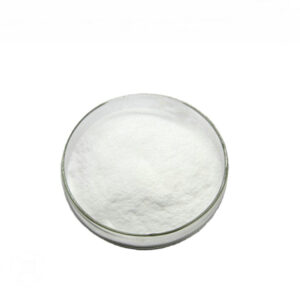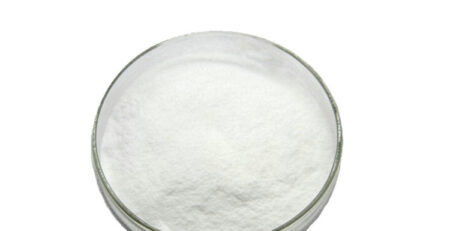Generally, the number of amino acids contained in a peptide is two to nine. According to the number of amino acids in a peptide, the peptide has many different names: a compound formed by the dehydration and condensation of two amino acid molecules is called a dipeptide. Peptides, tetrapeptides, pentapeptides, etc., up to nonapeptide. Compounds usually formed by dehydrating and condensing 10 to 100 amino acid molecules are called polypeptides. Their molecular weight is lower than 10,000 Da (Dalton, Dalton), and they can penetrate semi-permeable membranes without being precipitated by trichloroacetic acid and ammonium sulfate. There are also literatures that refer to peptides composed of 2-10 amino acids as oligopeptides (small molecule peptides); peptides composed of 10-50 amino acids are called polypeptides; peptides composed of more than 50 amino acids are called proteins, in other words Proteins are sometimes called polypeptides. Peptides are also called peptides for short, and were discovered in the 20th century.
There are two types of peptides: biologically active peptides and synthetic peptides.
The types of active peptides include immunoactive peptides, neuroactive peptides, other active peptides and the like. Other active peptides include: cholesterol peptides, peptides that promote the absorption of minerals (CPPS), enzyme regulators (such as pancreatin), hormone peptides such as growth hormone releasing factor (GRFS), albumin insulin-enhancing peptides, antibacterial peptides Such as nisin, rubber), anti-cancer peptides (such as tumor cell necrosis factor, cyclohexanone), anti-AIDS peptides (such as GLQ protein) and so on.
Synthetic peptides: The solid phase peptide synthesis method (SPPS), because of its convenient and rapid synthesis, has become the preferred method for peptide synthesis, and it has brought about a revolution in the organic synthesis of peptides and has become an independent discipline-solid The invention of phase organic synthesis and solid phase synthesis also promoted the automation of peptide synthesis. The artificial synthesis of peptides and proteins means that amino acids are used as raw materials to synthesize peptides or proteins by chemical methods. Using amino acids as raw materials, chemical methods are used to synthesize peptides or proteins. The purpose is to: ①confirm the structure of natural peptides or proteins; ②produce natural peptides with minimal content in organisms but with medical or other biological utility; ③change some structures, study the relationship between structure and function, and design more Effective drugs.



